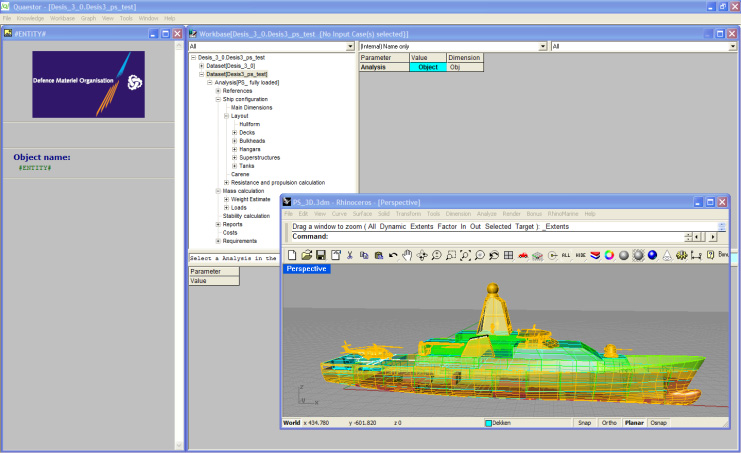| Info |
|---|
| title | This documentation relates to version 3.1 |
|---|
|
If you are using an earlier version, please view the previous versions of QUAESTOR documentation and select the relevant version. |
...
This is the home of the QUAESTOR Documentation spaceQUAESTOR Documentation.
On the top level documentation can be found on:
...
| Section |
|---|
| Column |
|---|
| Streamlining your design & engineering proces QuaestorQuaestor is a software environment to develop and use knowledge bases containing computational methods and data. The combination of a knowledge base and Quaestor makes a knowledge-based system. With these systems, you are able to streamline analysis, design and engineering processes. AdvantagesKnowledge-based systems in Quaestor enable research, engineering and design departments to simplify the tasks of: - Managing computational methods and model fragments.
- Manage and use of complex workflows in addition to data and calculation management.
- Controlling design and engineering processes.
- Performing goal driven design, engineering and mathematical model development.
- Project administration (all information from project data to calculation results and reports in one environment).
Apart from the above features, Quaestor provides a flexible computational environment that allows: - The concurrent use of various computational models and programs (formulas, rules, programs, spreadsheets).
- Computing solutions for problems with one or more varying independent parameters.
- Easy maintenance and rapid development of new applications by including new model fragments in a knowledge base.
- The use of legacy software, prediction tools, databases, spreadsheets and relations.
This makes Quaestor one of the most powerful environments currently available for the development and use of knowledge-based computational models, applications and configurators. |
| Column |
|---|
| ExamplesExamples of knowledge based systems developed in this way: DeSIS 3DeSIS is a conceptual ship design configurator of the Royal Netherlands Navy managing the ship design workflow, using propriety knowledge in addition to third party tools and knowledge such as Rhinoceros for geometry information and MARIN’s DESP for speed-power predictions. It supports the design process by creating and analysing concepts and the generation of design documents. 
Figure 1: Screenshot of DeSIS 3 together with a created concept shown in Rhinoceros KOASThe propeller design tool at Van Voorden Gieterij (VVG) offers an integrated route from quotation, propeller design to production preparations based on existing knowledge and tools. The KOASknowledge system has reduced time-to-market in design and engineering by about 60 percent. Moreover, the number of propeller corrections after production has been reduced by half. |
|
...
